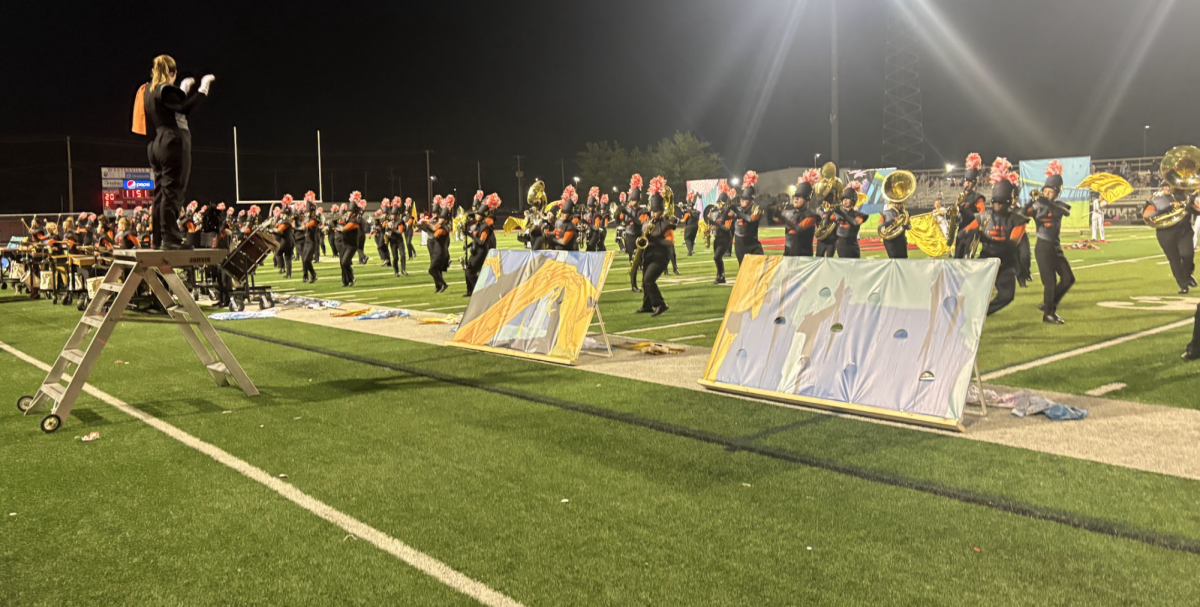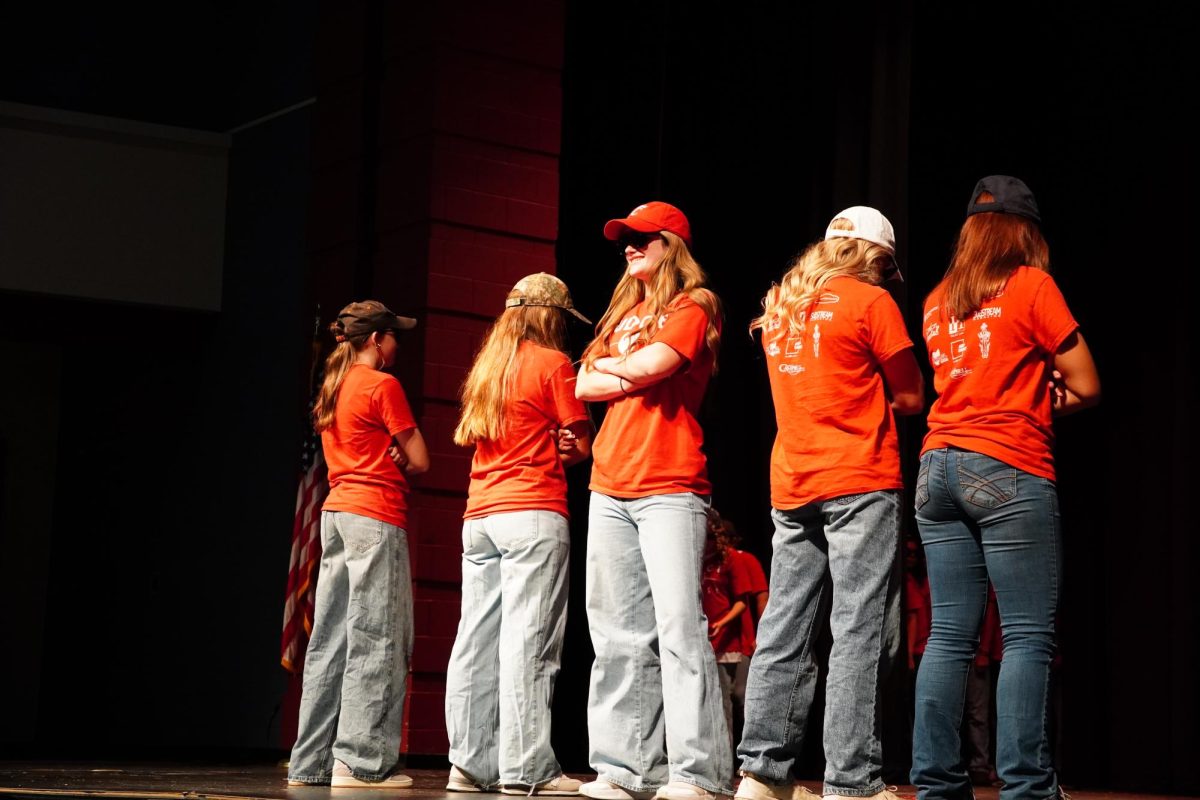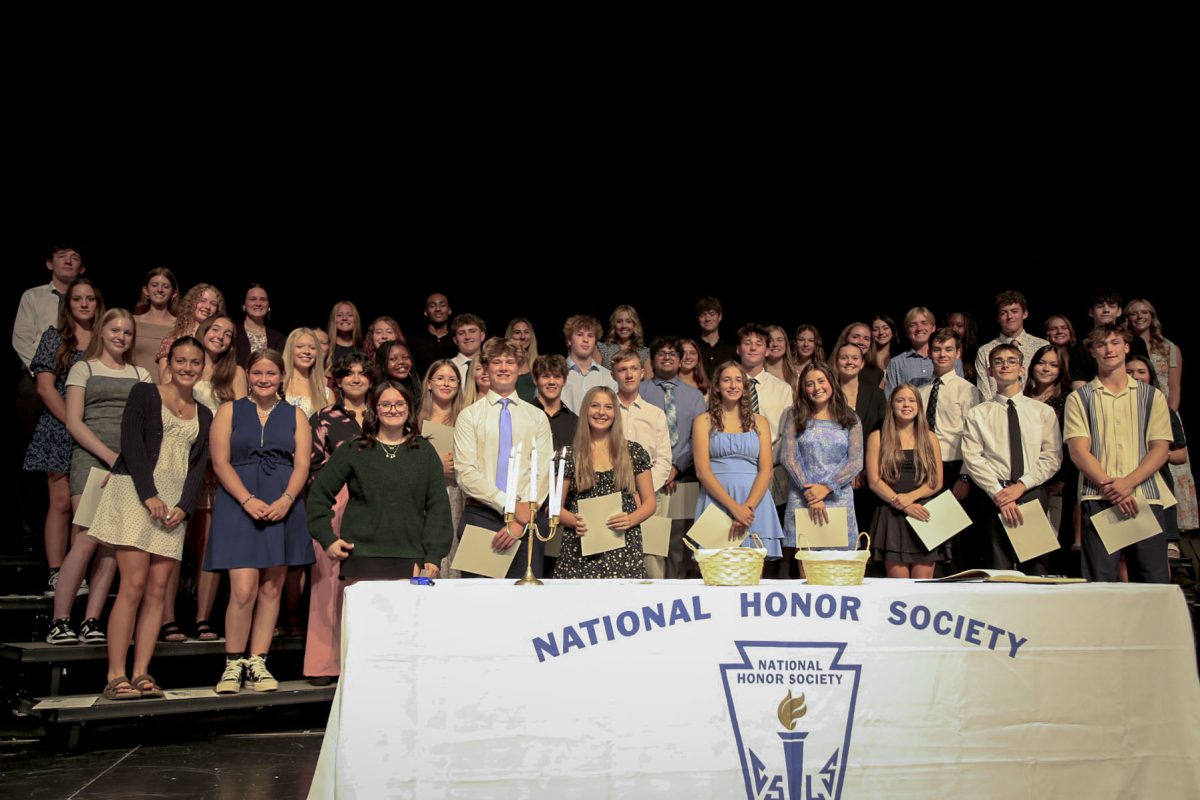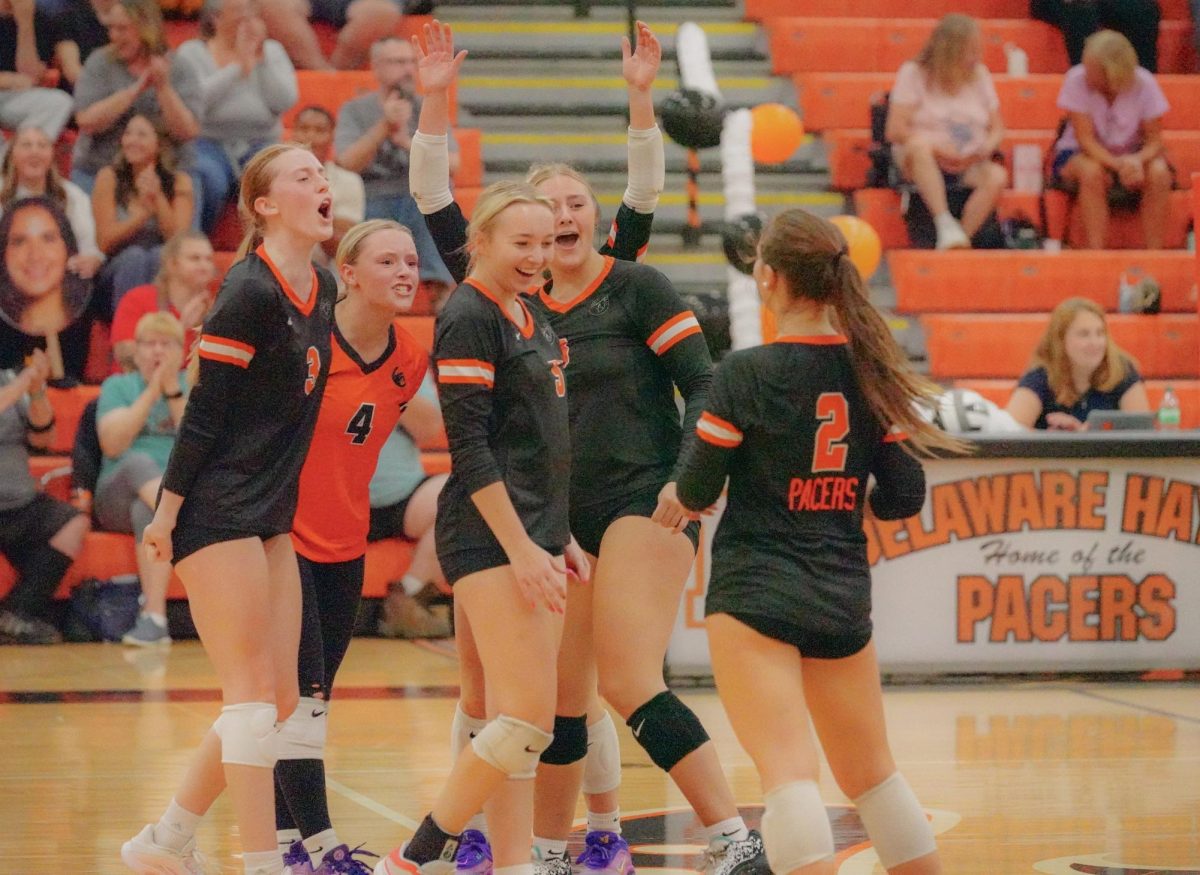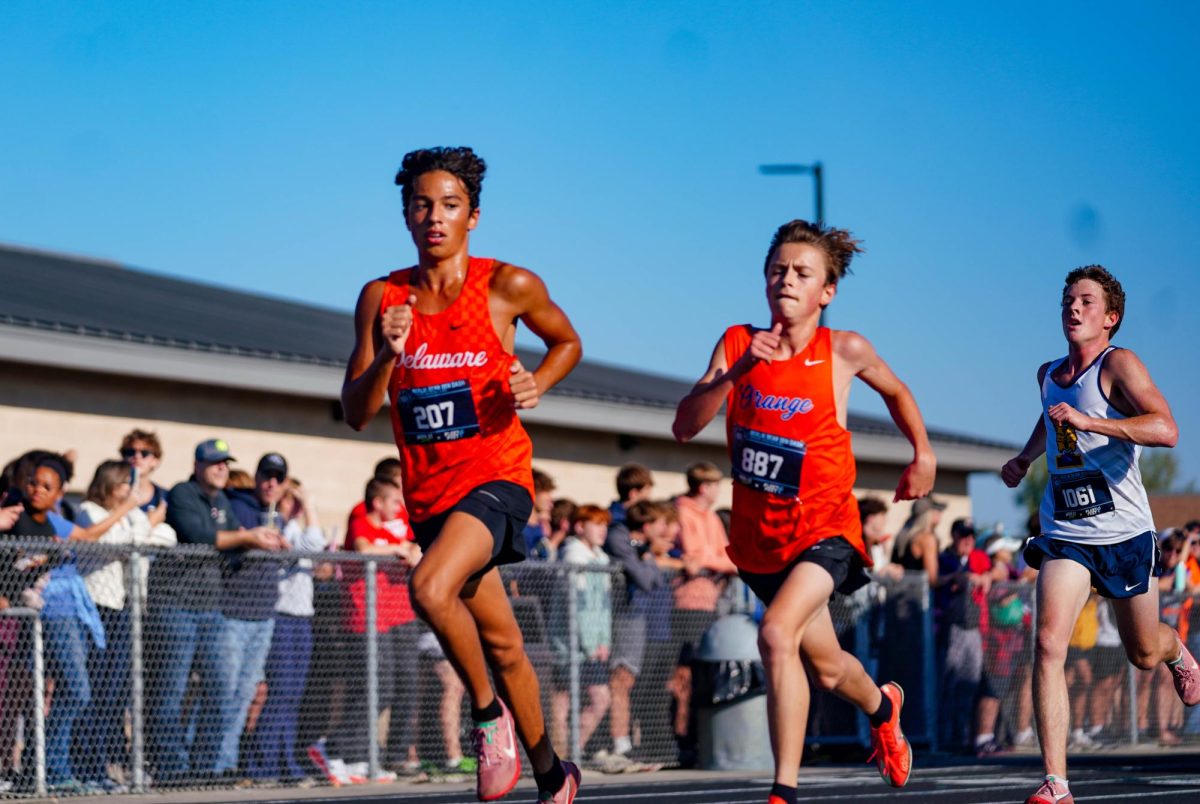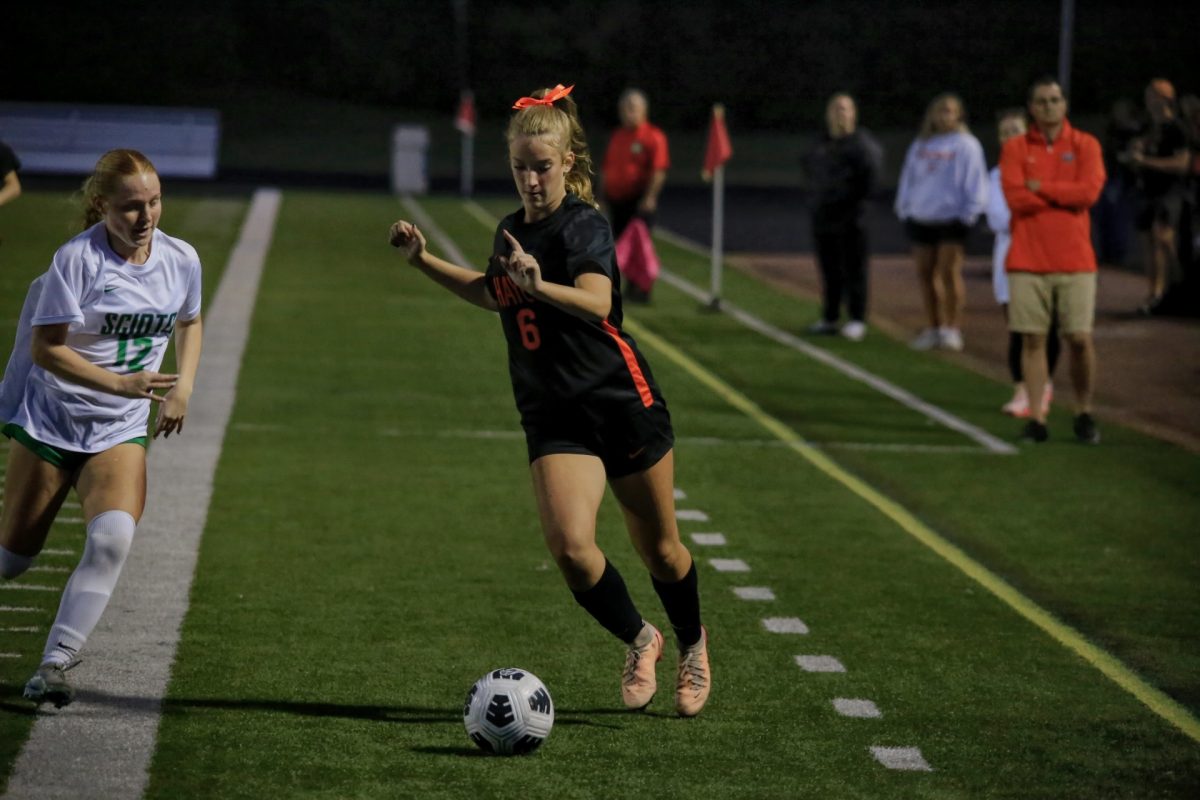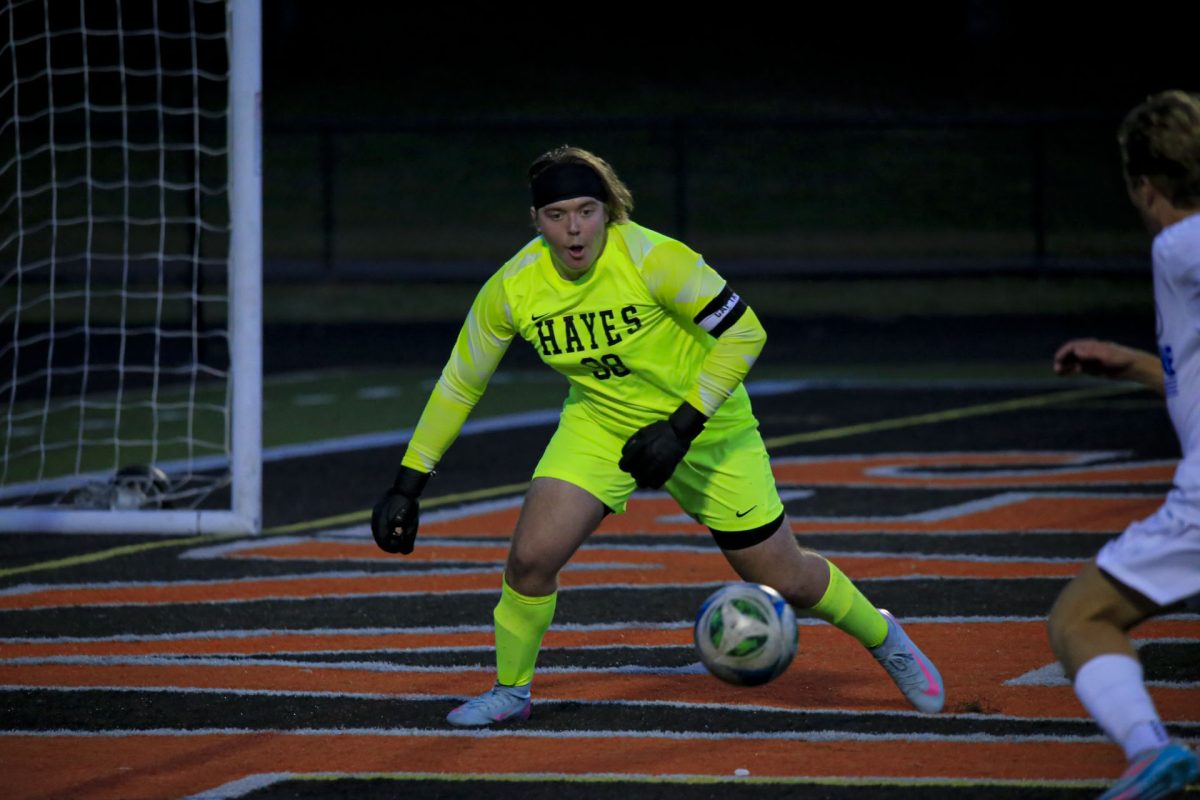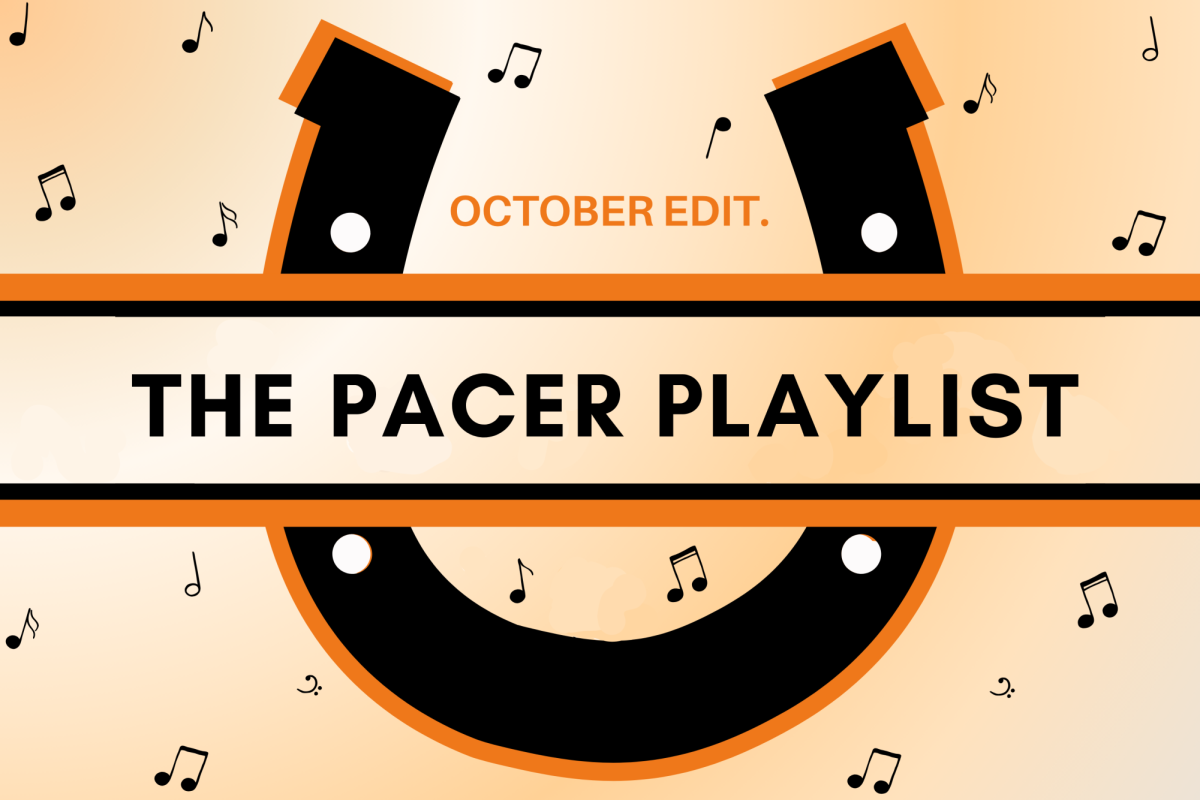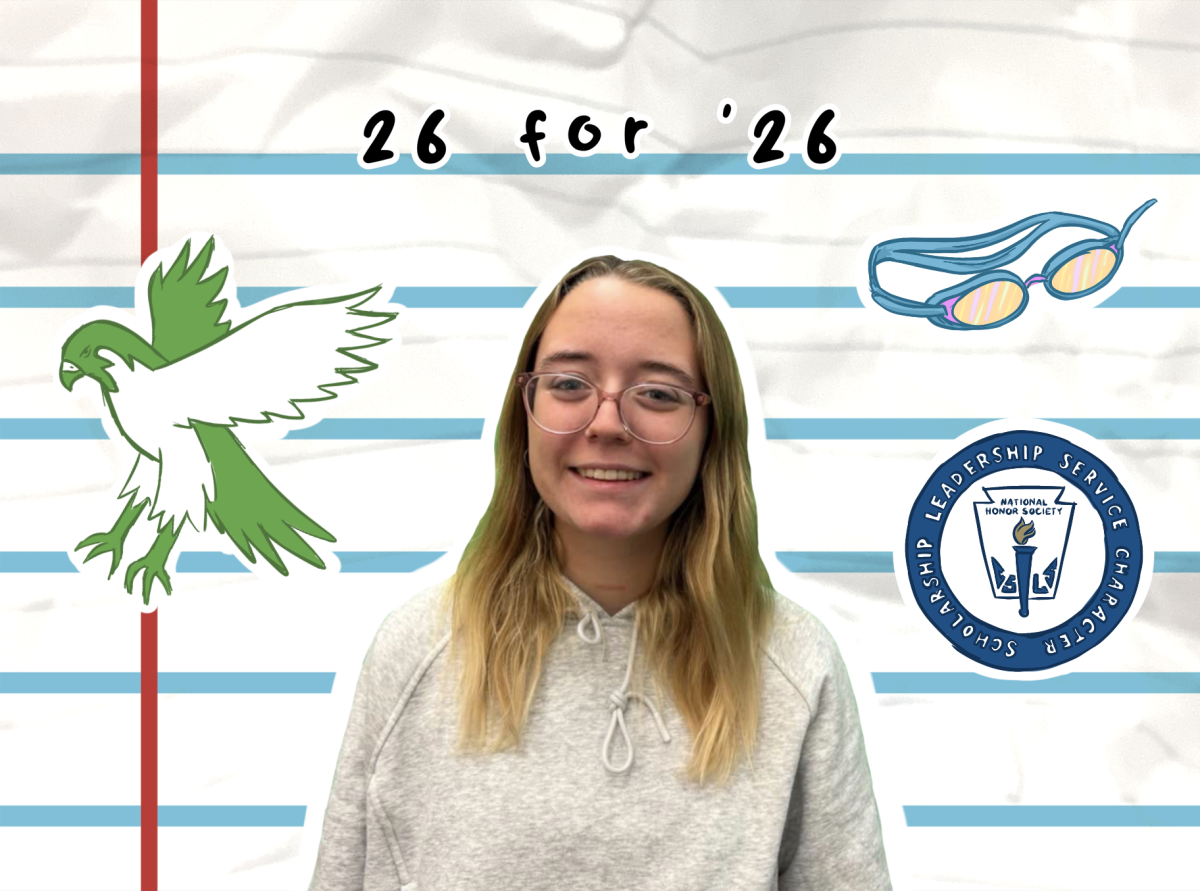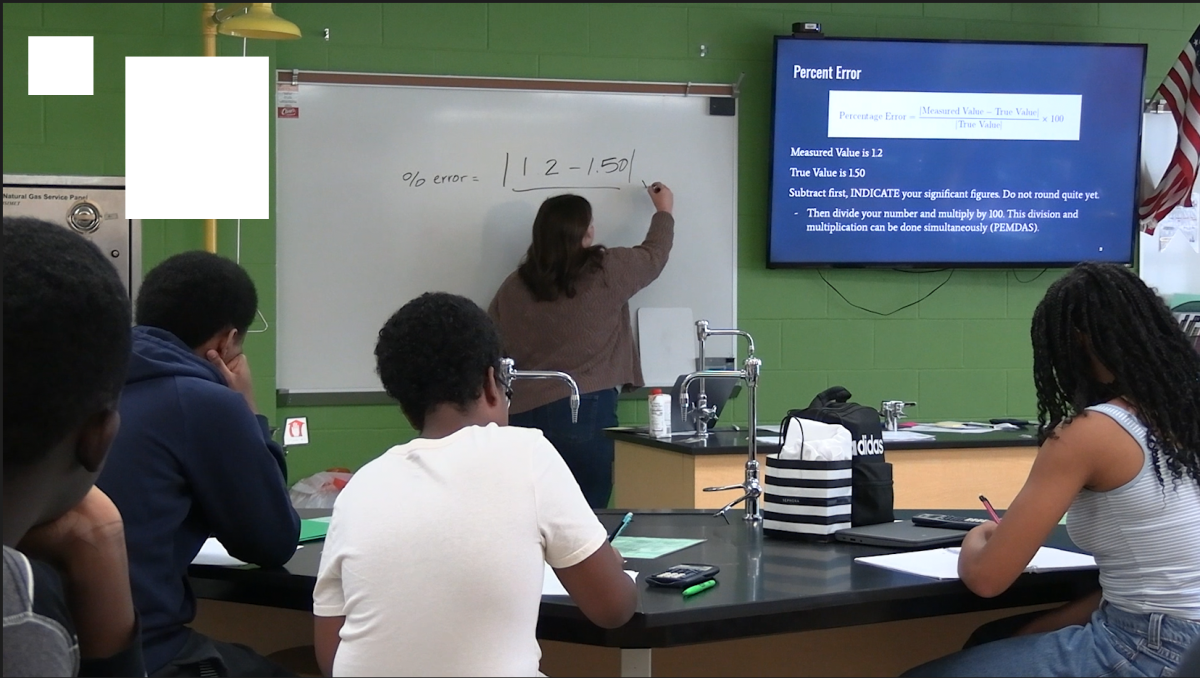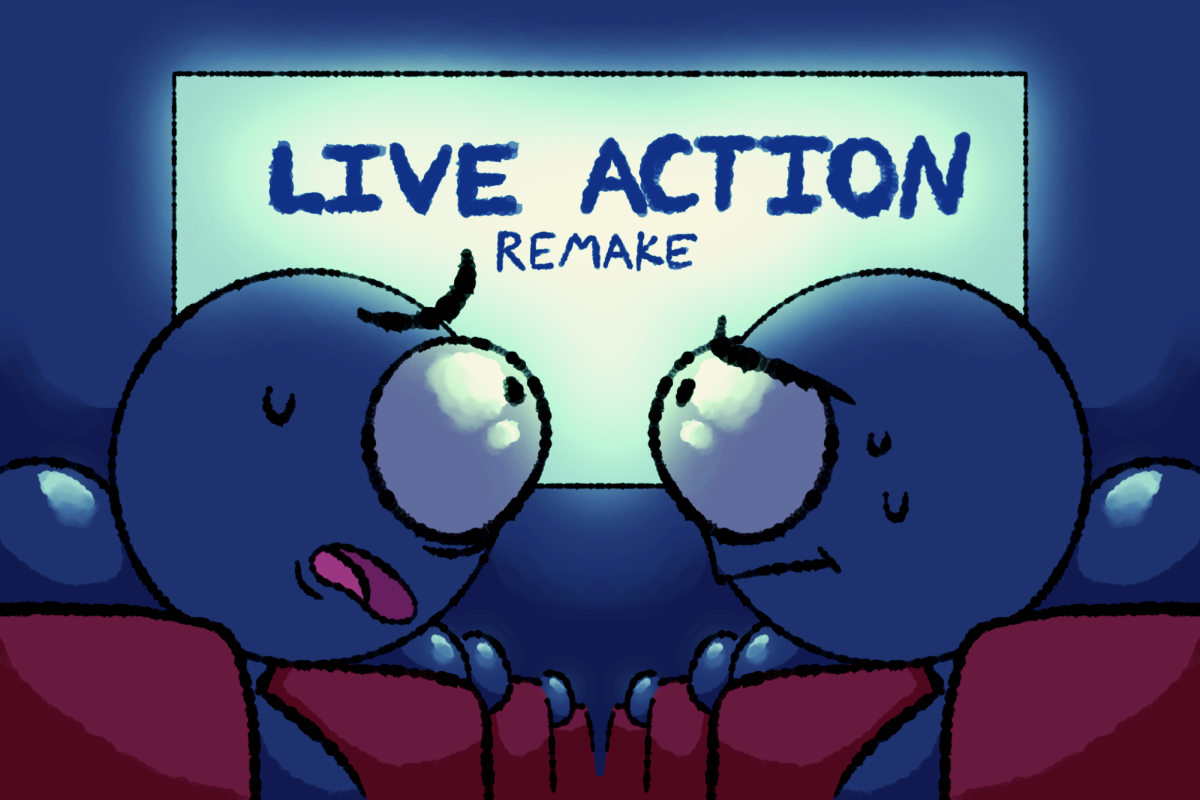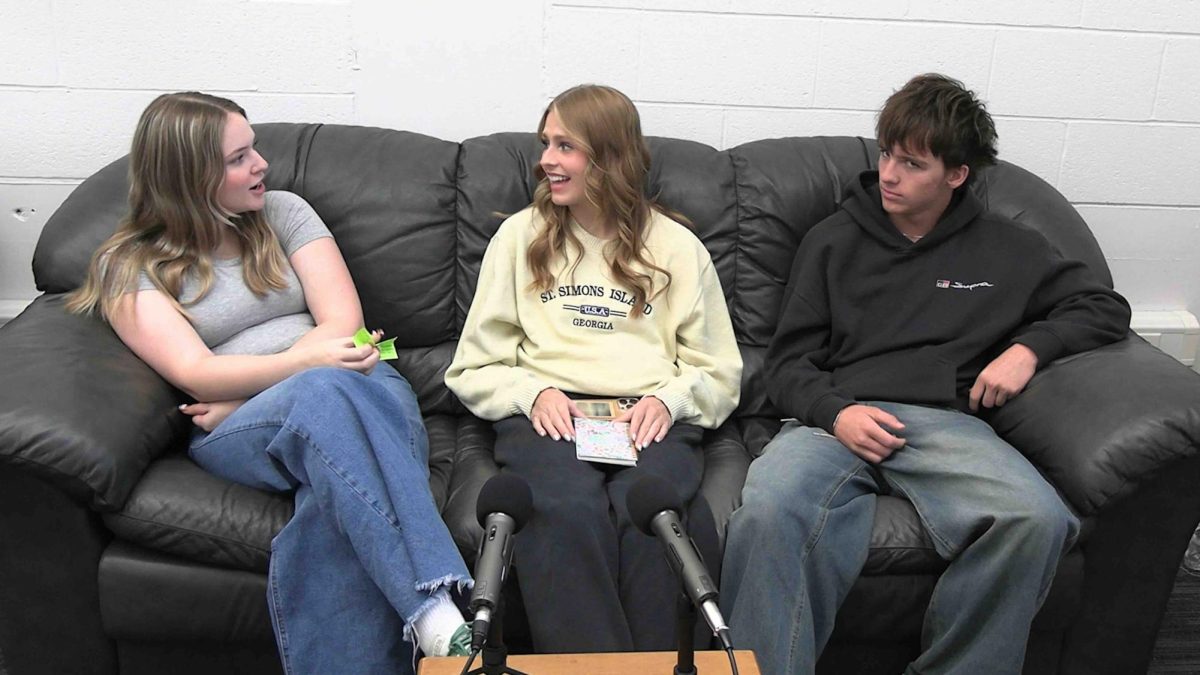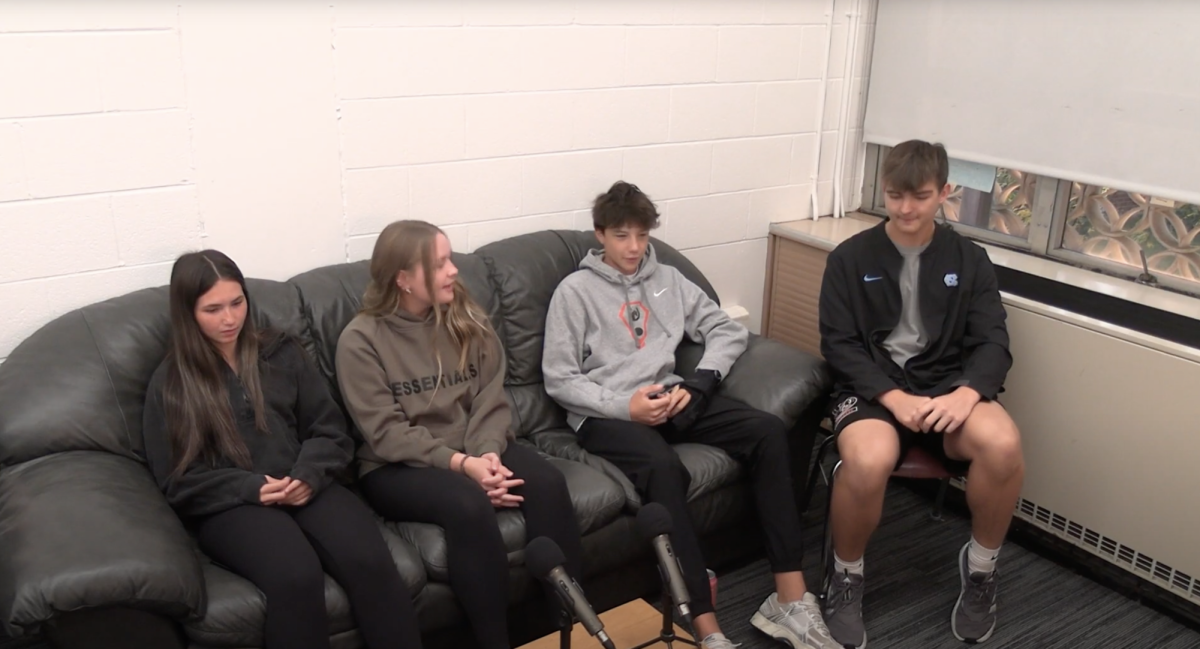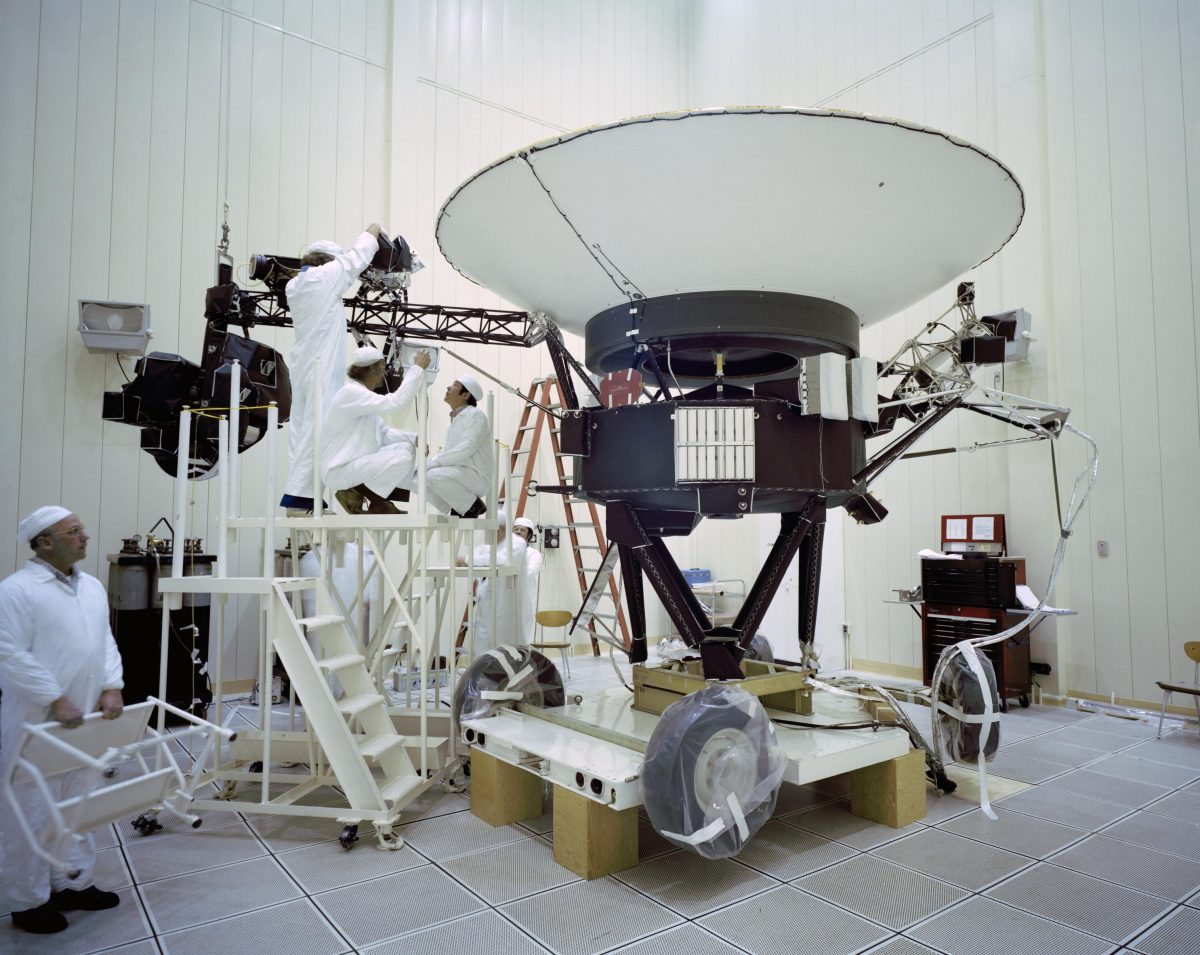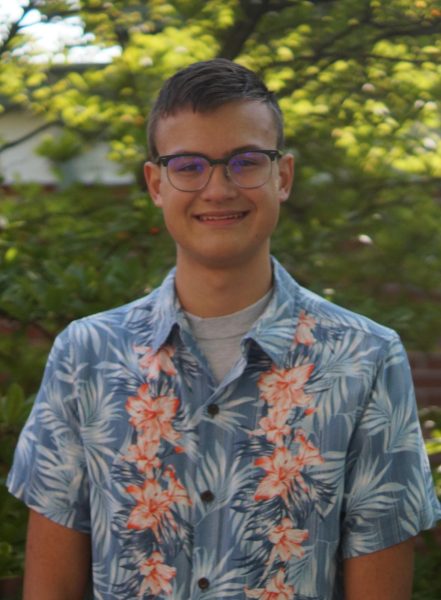NASA engineers had an interesting opportunity. Predictions said that in the late 70s the outer planets would be in-alignment for a perfect transfer window. This would permit a space probe to easily flyby most of the outer planets with a minimal amount of fuel. Soon enough, the window had a name: The Grand Tour.
Originally, it was hoped that they could send two Themoelectric Outer Planet Spacecraft probes. However, the cost associated with developing a new series of probe was prohibitively high, especially for the dying days of Apollo. Even by 1971 the writing on the wall was clear that Apollo wouldn’t survive for much longer. Without the Moon being viewed as an important focus, the massive amount of funding NASA had previously enjoyed shrunk dramatically.
Things weren’t improved when what was left of that budget was tied to a mandate from Nixon to develop a reusable shuttle spacecraft in 1972. By the time the Jet Propulsion Laboratory presented the final report for the TOPS program in 1973, NASA wasn’t in a position to approve such a costly and time consuming mission.
Mariner to the Rescue
Fortunately for those advocating for a launch during the aligned window, they found a solution: Mariner.
Mariner was a series of probes launched by NASA from 1962 to 1975. Their sole purpose was to fly by and/or potentially orbit other planets, all while gathering vital information for teams back on Earth.
Two more Mariners were scheduled for 1977, hoping to use the window to explore Saturn and Jupiter, but scientists saw this as a golden ticket. Engineers poured their efforts into both of the probes, making sure the crafts could survive a longer than planned mission. The hope was that the Administration team could be convinced to permit the probes to continue the Grand Tour after achieving their objectives.
Then, in 1977, NASA Administrator James C. Fletcher did the heavy lifting for them, and announced that both Mariners were to be renamed Voyager. The Grand Tour had received its unofficial stamp of approval.
Why does that matter?
Since their launches in 1977, both Voyager probes have continuously transmitted scientific data back to Earth. It takes 22 hours for a signal to travel one way out to the Voyagers, and yet, they keep chatting. To date, they’re the longest ever continuously active probes, having operated for 47 years. They offer perhaps the most interesting study in the effects of long term space travel on man-made objects.
Outside of the International Space Station and the unintentional extended five year mission of the Long Duration Exposure Facility (LDEF), and ignoring the zombie returns of the first and fifth Lincoln Experimental Satellites, no continuously functional object has remained in the vast cosmos for so long.
If humanity wishes to someday have a self-sustaining lunar colony, or visit the dusty surface of Mars, it has to learn how to communicate and maintain the facilities it builds to get there. The Voyager probes have been vital in both, stretching communication technology to its limits and proving just how robust a craft can be, even in the face of increasing part failures.
Humanity will inherit the stars someday, but it is not without the knowledge gained from the grand odyssey of the Voyagers that it will achieve that goal.



